Parenting A Dynamic Perspective 2nd Edition By George W. Holden – Test Bank
1. A(n) __________ refers to a natural experiment that is only possible in situations where children have been deprived of a typical environment or raised without parents.
A. nature adaptation study
B. experimental isolation
*C. Experiment of nature
D. deprivation study
Answer Location: Experiments of Nature, page 99
Cognitive Domain: Factual
2. Genie was raised in a closet and isolated from social interaction. Her sad case provided scientists with an opportunity to study the effects of severe isolation on child development. This is an example of a(n) __________.
A. nature adaptation study
*B. experiment of nature
C. experimental isolation
D. deprivation study
Answer Location: Experiments of Nature, page 99
Cognitive Domain: Applied
3. Studies of “feral children” provide __________ about the role of parents in children’s development.
*A. little useful information
B. specific details
C. general associations
D. very useful information
Answer Location: Experiments of Nature, page 99
Cognitive Domain: Factual
4. For obvious ethical reasons, the study of children who develop without the benefit of parents is limited. A better source of data concerning the effects on children of not having parents comes from __________.
A. “feral” children
B. abandoned children
C. mentally ill children
*D. children raised in orphanages
Answer Location: Experiments of Nature, page 99
Cognitive Domain: Factual
5. Zing-Yang Kuo investigated the relation between nature and nurture and challenged the prevailing views about development. To show the powerful influence of experience on development, he studied __________.
A. abandoned children raised by animals
*B. animals including rats that reared cats
C. children fostered by loving parents
D. how animals naturally foster their young
Answer Location: Animal Studies, page 100
Cognitive Domain: Factual
6. Through his experiments with goslings, Konrad Lorenz discovered __________, the rapid early learning which is independent of behavioral consequences.
A. bonding
B. individuation
*C. imprinting
D. modeling
Answer Location: Animal Studies, page 101
Cognitive Domain: Factual
7. Imprinting in goslings provided evidence for the idea of __________ in development.
A. reversible sensitive periods
*B. irreversible critical periods
C. irreversible sensitive periods
D. reversible critical periods
Answer Location: Animal Studies, page 101
Cognitive Domain: Factual
8. Researcher __________ found that rhesus monkeys who were raised in isolation developed extreme pathological behaviors that continued into adulthood.
A. Zing-Yang Kuo
B. Konrad Lorenz
*C. Harry Harlow
D. René Spitz
Answer Location: Animal Studies, pages 101, 102
Cognitive Domain: Factual
9. Animal studies highlighted the importance of early parent-child relationships but were limited by __________.
A. issues regarding the ethical treatment of animals
B. the short term consequences of early deprivation
C. confounded results across animal species
*D. the lack of generalizability to humans
Answer Location: Animal Studies, page 102
Cognitive Domain: Factual
10. Early parenting researchers claimed to reveal parental effects on children. Current interpretations of this research __________.
*A. indicate associations, not causal links, between parent behaviors and child outcomes
B. confirm only the unidirectional influence of parent behaviors and child outcomes
C. indicate virtually no association between parent behaviors and child outcomes
D. validate interpretations of causal links between parent behaviors and child outcomes
Answer Location: Associations between Parenting and Children’s Outcomes, page 102
Cognitive Domain: Factual
11. Sarai is developing in a positive manner. She draws on her own strengths and also makes use of the environmental resources available to her with positive outcomes. A developmental psychologist would likely describe Sarai as a __________ child.
A. typical
B. resilient
*C. competent
D. social
Answer Location: Associations between Parenting and Children’s Outcomes, page 102
Cognitive Domain: Applied
12. When Billy was 18 months old he was described as securely attached to his mother. Billy’s attachment status with his father __________.
A. will likely be secure regardless of Billy’s interactions with his father
B. will always be secure because children only develop one type of attachment
C. may be insecure if Billy’s attachment to his mother is too secure
*D. may be secure but will depend on Billy’s interactions with his father
Parent-Child Attachment, page 103
Cognitive Domain: Applied








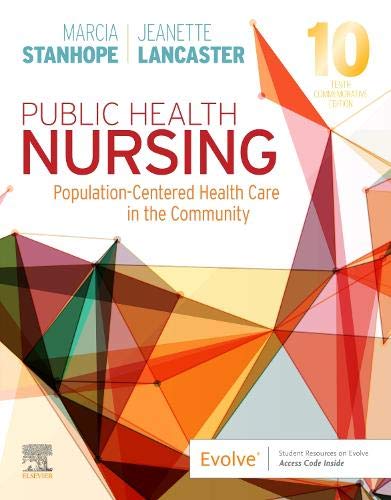
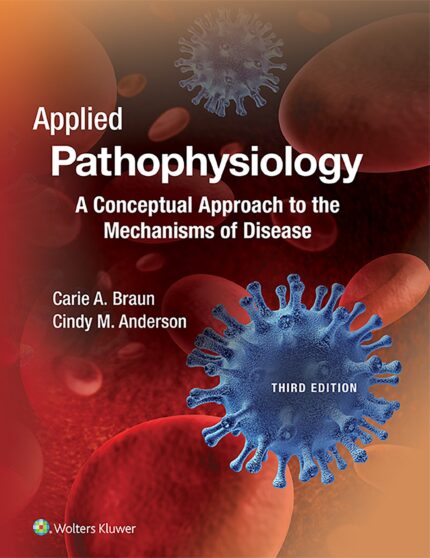
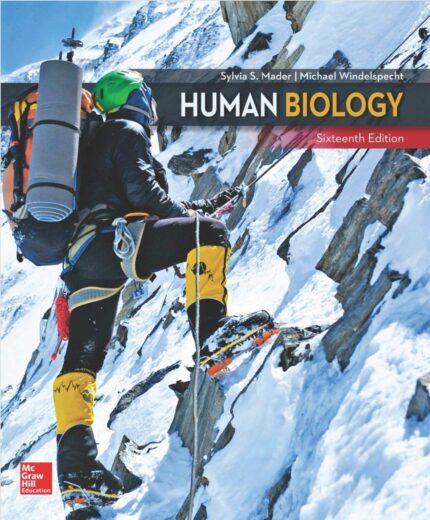

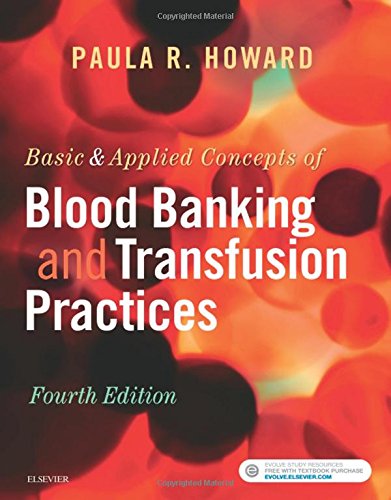
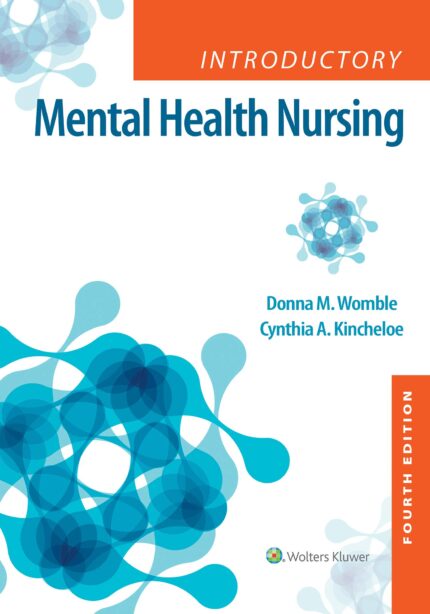
Reviews
There are no reviews yet.